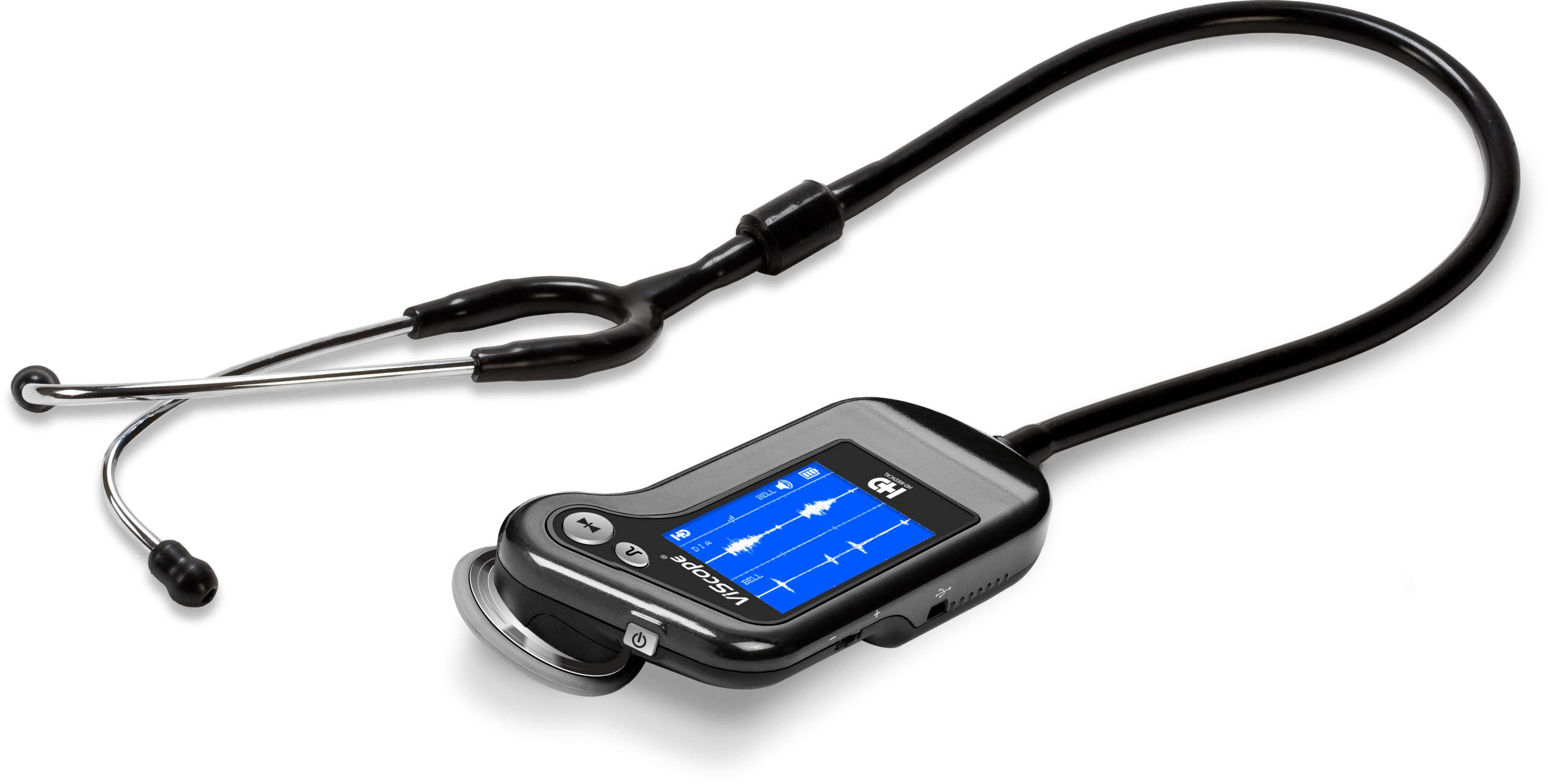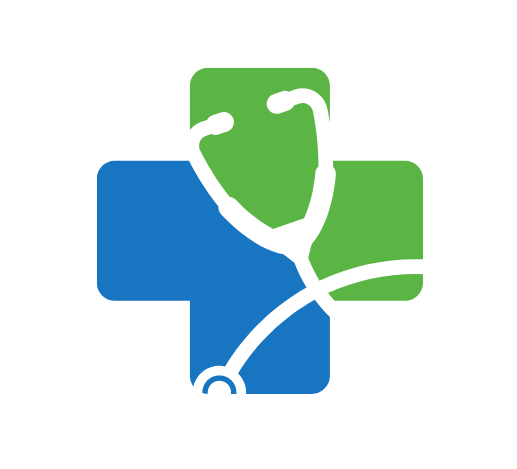
Are traditional stethoscopes becoming relics of the past in a world increasingly embracing digital innovation, or do digital stethoscopes genuinely offer a transformative edge that makes them a worthwhile investment for today’s medical professionals?
The Evolution of Auscultation: From Acoustic to Digital
For over two centuries, the acoustic stethoscope has been an iconic symbol of medicine, a trusty tool in every doctor’s bag. It’s a simple yet ingenious device, relying purely on the physics of sound transmission. However, as medical technology leaps forward, the digital stethoscope has emerged as a formidable challenger, offering features that go far beyond basic sound amplification. These modern marvels convert acoustic sounds into electronic signals. This allows for significant amplification, often up to 40 times more than traditional models. This amplification helps doctors hear even the faintest heart or lung sounds. They also come with advanced noise cancellation technology. This is a game-changer in noisy clinical environments like emergency rooms or busy clinics. Imagine trying to hear a subtle murmur amidst the hustle and bustle; a digital stethoscope can make all the difference. This technological leap offers a clearer, more detailed auditory experience. It enhances diagnostic capabilities.
Key Advantages of Digital Stethoscopes
Digital stethoscopes bring a host of benefits that can significantly improve clinical practice. Beyond superior sound amplification and noise cancellation, many models offer recording capabilities. This means you can save auscultation data. This is incredibly useful for documenting patient progress. You can also share recordings with colleagues for second opinions. This feature is particularly valuable in complex cases. It promotes collaborative diagnosis. Some advanced digital stethoscopes also provide visual representations of sounds. You can see phonocardiograms (PCGs) on a connected device. This visual feedback aids in understanding subtle abnormalities. It’s an excellent tool for medical education too. Students can learn to identify various heart and lung sounds more effectively. The integration with telemedicine platforms is another huge plus. Doctors can perform remote auscultation. This expands access to care, especially for patients in remote areas. It also streamlines follow-up appointments.
Challenges and Considerations
While digital stethoscopes present exciting possibilities, they also come with their own set of challenges. One of the most significant factors is their higher cost compared to traditional acoustic stethoscopes. This can be a barrier, especially for medical students or smaller clinics with limited budgets. Another consideration is their reliance on power and software. Unlike acoustic stethoscopes, digital models need to be charged regularly. This means one more device to keep track of. They also involve software integration. Healthcare professionals need to be comfortable with technology. There might be a slight learning curve. They also tend to be bulkier and heavier due to their electronic components. This might impact portability for some users. Durability can also be a concern. Their sensitive electronic parts can be more prone to damage. Careful handling and regular maintenance are crucial for their longevity.
Integrating Digital Stethoscopes into Clinical Practice in Dubai
Dubai’s healthcare sector is renowned for its rapid adoption of cutting-edge technology. Digital stethoscopes are finding their place in this progressive environment. Many private hospitals and clinics in Dubai are investing in these advanced devices. This enhances their diagnostic capabilities. It also aligns with the city’s vision for smart healthcare solutions. The Dubai Health Authority (DHA) encourages the use of technology. This is especially true if it improves patient outcomes. For doctors practicing in Dubai, embracing digital stethoscopes can be a strategic move. It can differentiate their practice. It attracts a patient base seeking high-tech solutions. The emirate’s focus on health tourism also means a diverse patient demographic. Digital stethoscopes aid in managing various conditions. They enhance communication across different languages and medical backgrounds. They’re becoming a staple in modern Dubai clinics.
Return on Investment: Are They Worth the Cost?
The question of whether digital stethoscopes are “worth it” boils down to evaluating their benefits against their higher cost. For medical professionals focusing on cardiology, pulmonology, or critical care, the enhanced diagnostic accuracy can be invaluable. Catching subtle abnormalities earlier can lead to better patient outcomes. This can prevent more serious complications. The ability to record and share sounds is also a powerful asset. It allows for seamless collaboration. It aids in training new medical staff. This can lead to a more efficient and effective healthcare system. For clinicians involved in telemedicine or remote patient monitoring, digital stethoscopes are almost indispensable. They bridge geographical gaps. They allow for comprehensive virtual consultations. While the initial investment is higher, the long-term benefits in terms of improved diagnostics, patient safety, and operational efficiency can outweigh the cost. They are an investment in the future of patient care.
Future Trends and Innovations in Digital Auscultation
The field of digital stethoscopes is constantly evolving. Future trends point towards even more sophisticated integration with artificial intelligence (AI) and machine learning (ML). AI algorithms are being developed. They analyze recorded body sounds. They can detect subtle anomalies. They can even predict certain conditions. This could revolutionize early diagnosis. Imagine an AI-powered stethoscope that flags a potential heart condition during a routine check-up. Wireless connectivity and IoT integration are also becoming standard. This facilitates seamless data transmission to electronic health records (EHRs). Multi-functionality is another growing trend. Some new models incorporate ECG functionality. They include pulse oximetry or temperature sensors. This creates a more comprehensive diagnostic tool. These innovations are reshaping the future of auscultation. They are making it more precise and accessible. This progress promises a new era in patient care.
Embracing the Digital Shift in Medical Practice
The move towards digital stethoscopes represents a broader shift in modern medicine. It’s about leveraging technology to enhance traditional practices. It leads to more accurate diagnoses. It improves patient management. For doctors, staying updated with these advancements is crucial. It’s not just about owning the latest gadget. It’s about integrating smart tools into daily routines. This improves overall clinical performance. The Turkish doctor community in Dubai, known for its forward-thinking approach, is actively adopting these technologies. They recognize the value of innovation. They understand its impact on patient care. While the acoustic stethoscope will always hold a nostalgic place, the digital era offers undeniable advantages. It pushes the boundaries of what’s possible in patient care.

 then "Add to Home Screen"
then "Add to Home Screen"